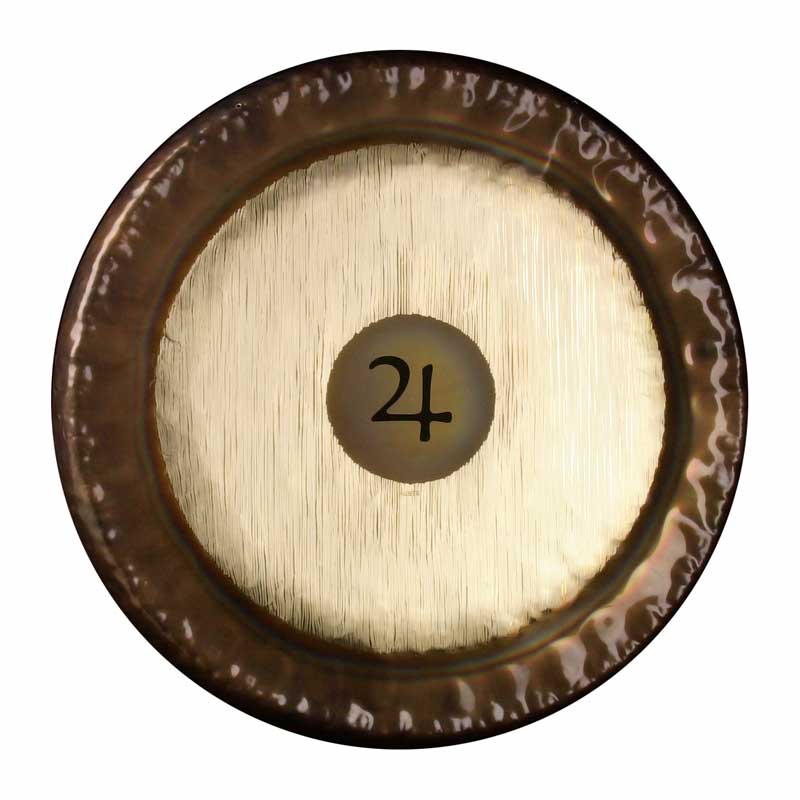"A good drummer listens as much as he plays." ~ Indian Proverb
Percussion Store Drummers Art of Drumming
"A good drummer listens as much as he plays." ~ Indian Proverb
Percussion Store Drummers Art of Drumming
![]()

Drums & Percussion
Latin Percussion
LP Hardware, Accessories & Replacement Parts
African Drums & Accessories
Steel Tongue Drums
Gongs & Tam Tams
Cymbals
Cymbals, Hardware & Accessories
Middle-East Drums & Percussion
Doumbeks, Darbukas & Accessories
Indian Drums & Percussion
Irish Drums & Percussion
Japanese Drums & Skins
White Steer Skins for Taiko Drums
Orchestra Bells & Chimes
Drum & Percussion Hardware
![]()

There are two general methods for listening to music and musical instruments. One way is to listen for patterns, primarily melodies & rhythms. The other way is to listen into the sound.
For most Western music - from Early Music to pop music - listening for patterns is the primary way of listening. For gongs and a lot of Eastern music listening into the sound is the fundamental method for listening. Listening into the sound becomes a meditative act when you are able to do so with focus and without disruption. Listening into sounds helps the listener to develop patience, relaxation, clarity, energy, focus and other powers (virtues).
Although there is a difference between listening into sounds and listening for patterns the two methods overlap and can compliment each other. For instance, any given frequency (sound) is a pattern and when we listen into sounds we will hear the natural patterns, which frequencies and harmonies form.
In addition to the natural patterns created by frequencies and harmonies, it is certainly not forbidden to intentionally make patterns on gongs, singing bowls and other healing instruments. Making patterns, even simple ones, is a natural and even inevitable outcome of playing musical instruments. So, one does not have to ignore the natural inclination to make patterns on gongs, singing bowls and other healing instruments. In fact, doing so is very fun and certainly rhythm and melody have their own healing powers. However, one should develop the skill of listening into sound. As one learns to listen into sound one will also develop the skill of listening inwardly. As we listen more carefully to nature, including musical sounds, we become more aware of both our external and internal environments. As we grow in awareness we can hear and experience nuances of sound and life that is nothing less than miraculous. Yet if we don't learn to listen inwardly, then truly amazing things will go unnoticed for our entire life.
The below video encourages both listening methods. Give it try: practice listening into the sound and practice listening for patterns or phrases, which the musicians create with their instruments. You may find that some parts of the music in the video naturally encourages your ear to listen inwardly, while other parts encourage your ear to hear patterns & phrases. Letting your ear be guided can be relaxing and fun, yet at the same time developing the ability to control the method of listening that you choose without being distracted is an excellent skill. Being able to focus on one method of listening and becoming aware of how you listen will help you enjoy and get the most out of the healing music that you listen to and play.
![]()